The Promise of Sleep

It’s been 25 years since pioneering sleep researcher Dr. William C. Dement published the influential book “The Promise of Sleep,” which examines the connection between a sound night’s sleep and good health.
Known as the “father” of sleep medicine, Dement began his career at the University of Chicago where, as a PhD student, he studied the relationship between the sleep stage known as rapid eye movement (REM) and dreaming, publishing his thesis paper “Rapid eye movements during sleep in schizophrenics and non-schizophrenics and their relation to dream recall” in 1957.
At Mount Sinai Hospital in NYC, Dement was an early adopter of using electroencephalogram (EEG) probes to measure and record the brainwaves and eye movements of patients sleeping overnight in the lab. Here, he identified the five stages of sleep and later proposed a severity scale for incidents of sleep apnea, the Apnea Hypopnea Index (AHI).
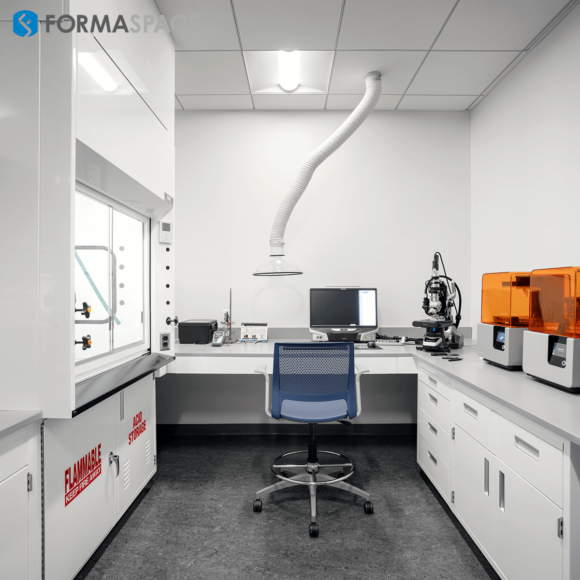
Modern Sleep Medicine Research and Diagnostic Tools
Since that time, spending the night in a “sleep lab” has become the gold standard for diagnosing sleep disorders.
The American Academy of Sleep Medicine (whose predecessor organization was founded by Dr Dement) has accredited over 2,600 sleep labs in the US and Canada.
Utilizing a diagnostic procedure known as polysomnography (PSG), patients are wired up with a variety of probes to measure their overnight brainwave activity, heartbeat rates, and oxygen levels, as well as sensors to monitor nasal and oral and breathing capacity and muscle movement of the eyelids, chin, chest, and legs.
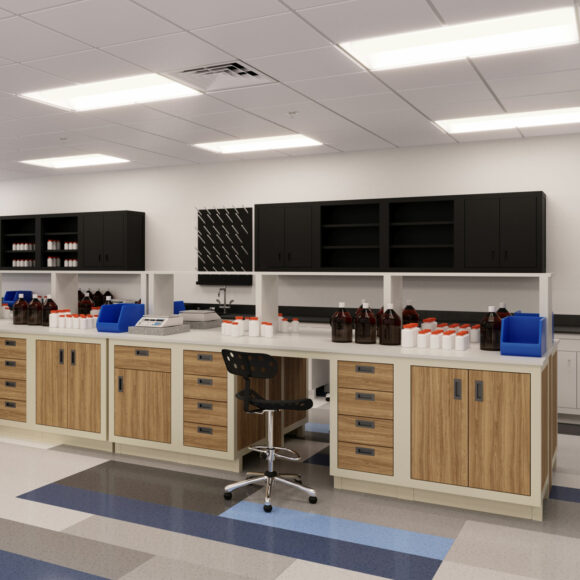
Loud Snoring is often associated with Undiagnosed Sleep Apnea
One of the important diagnostic outcomes from a sleep lab study is the potential confirmation of sleep apnea, a life-threatening condition where the patient stops breathing multiple times an hour while asleep.
Like high blood pressure, sleep apnea is known as a “silent killer” because many patients are unaware of their condition until given a diagnosis by a medical provider.
The most common form is obstructive sleep apnea (OSA), caused by an airflow blockage (due to conditions such as a collapsing upper airway) and is often associated with noticeable snoring. Less common is a diagnosis of central sleep apnea (CSA), where a fault in the autonomic nervous system interrupts the brain’s normal breathing controls.
Patients diagnosed with obstructive sleep apnea (OSA) are often prescribed a medical device known as a continuous positive airway pressure (CPAP) machine, which pumps air into a face mask worn by the patient during sleep.
If sleep apnea is not treated, it can be fatal for patients with conditions such as coronary artery disease. The sudden loss of oxygen can trigger a heart attack, heart arrhythmia/angina, or a seizure. Sleep apnea can also damage the liver, potentially leading to fatty liver diseases.
Researchers have also found that sleep apnea may also be associated with memory loss. MRI studies show that a region of the brain’s hypothalamus known as the mammillary bodies, which help control memory, learning, and attention, is noticeably smaller among sleep apnea patients.
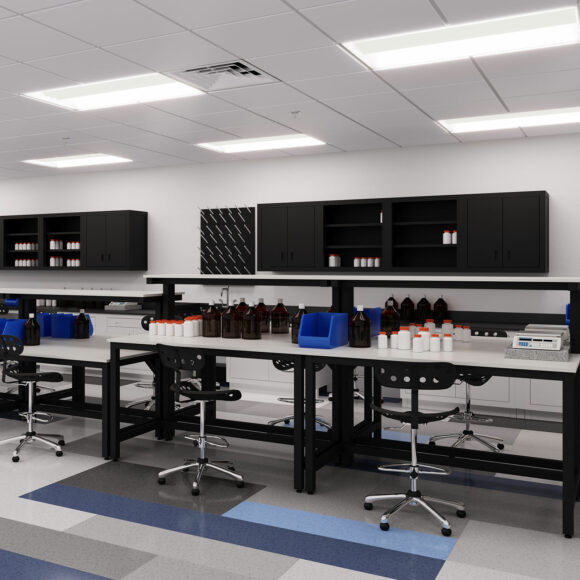
Role of Deep Sleep in Healing the Brain
Healthy sleep patterns are fairly complex.
When we think of a good night’s sleep, we’re experiencing between four to six sleep cycles during the night, each lasting around 90 minutes.
Within each of these 90-minute sleep cycles, healthy sleepers will experience a repeated pattern of three progressively deeper non-rapid eye movement sleep stages, called N1, N2, and N3.
N3 is the deepest sleep of all, known as delta or slow-wave sleep (SWS), and we tend to get more N3 sleep during the earlier hours of sleep.
Typically, after dipping into N3 sleep, we return to N2, then transition to rapid eye movement sleep, which is associated with active dreaming. After REM sleep, we often wake up – either momentarily during the night before repeating the next sleep cycle – or remain fully awake to start the new day.
Our metabolism (temperature, heart rate, and brain oxygen consumption) slows down during sleep – particularly during N3 slow-wave sleep – which sleep researchers theorize helps the body perform ongoing maintenance – particularly on the brain, which gets a boost from increased production of anabolic growth hormones and glycogen.
Scientists also believe that the brain processes memories, consolidating the preceding day’s events into what is essentially long-term memory storage by moving memories from the fast-learning hippocampus to the slower-learning neocortex.
Sleep disorders can interrupt these brain memory management processes.
One concerning observation is the high percentage of Alzheimer’s patients who experience sleep disorders, between 45 and 70%, depending on how the results are tabulated. These patients present with sleep disorder symptoms such as reduced overall sleep hours, sleep cycle fragmentation, reduced deep sleep, and increased daytime napping.
While we do not know the exact cause of dementias such as Alzheimer’s, one theory is that interrupted sleep patterns reduce the brain’s ability to manage and clear beta-amyloid residues that (if not cleared) can build up to create damaging plaque formations in the brain.
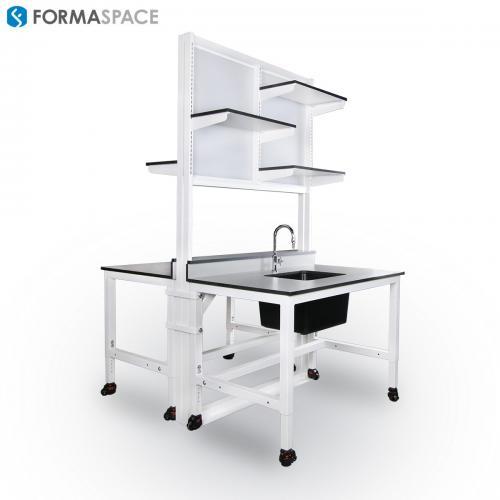
Wearable Devices Can Help Us Achieve Better Sleep Hygiene
Given the serious health consequences of sleep disorders, it’s important to take an active role in tracking sleep and, if it’s not satisfactory, to take steps to improve the nighttime sleep hygiene regimen, for example, by blocking out light from outside street lights or covering bright LEDs on electronic devices in the bedroom.
Wearable devices, such as an Apple Watch, can help individuals track their nightly sleep stage patterns. If something seems off, it could be a sign to visit a sleep doctor to get a more detailed, accurate sleep study to rule out any conditions such as sleep apnea.
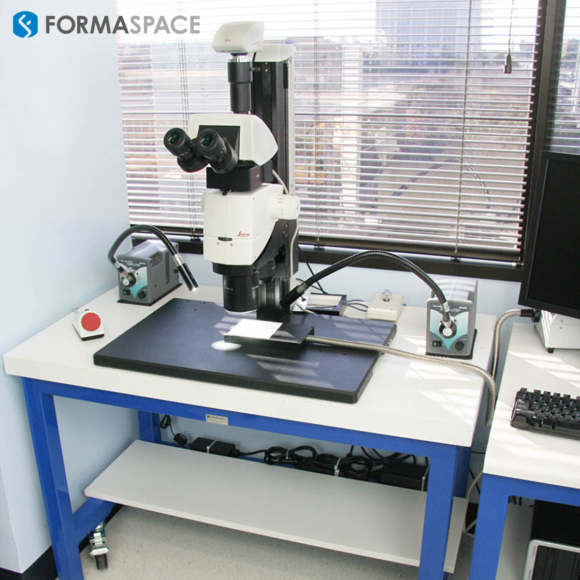
Formaspace is Your Healthcare Laboratory Research Partner
Evolving Workspaces. It’s in our DNA.
Talk to your Formaspace Sales Representative or Strategic Dealer Partner today to learn more about how we can work together to make your next construction project or remodel a success.











